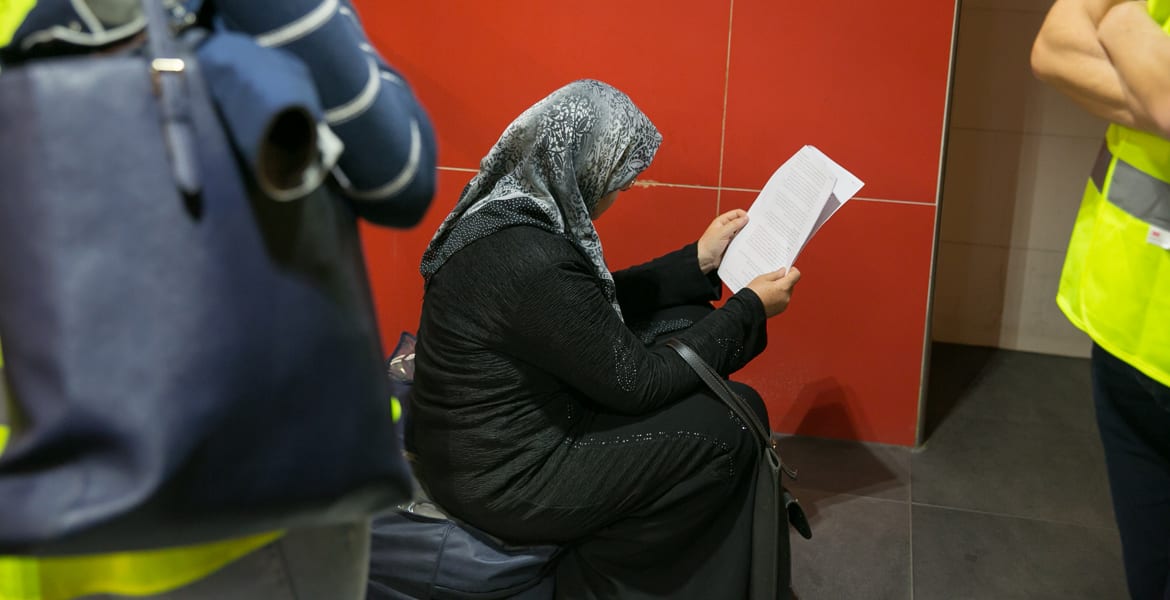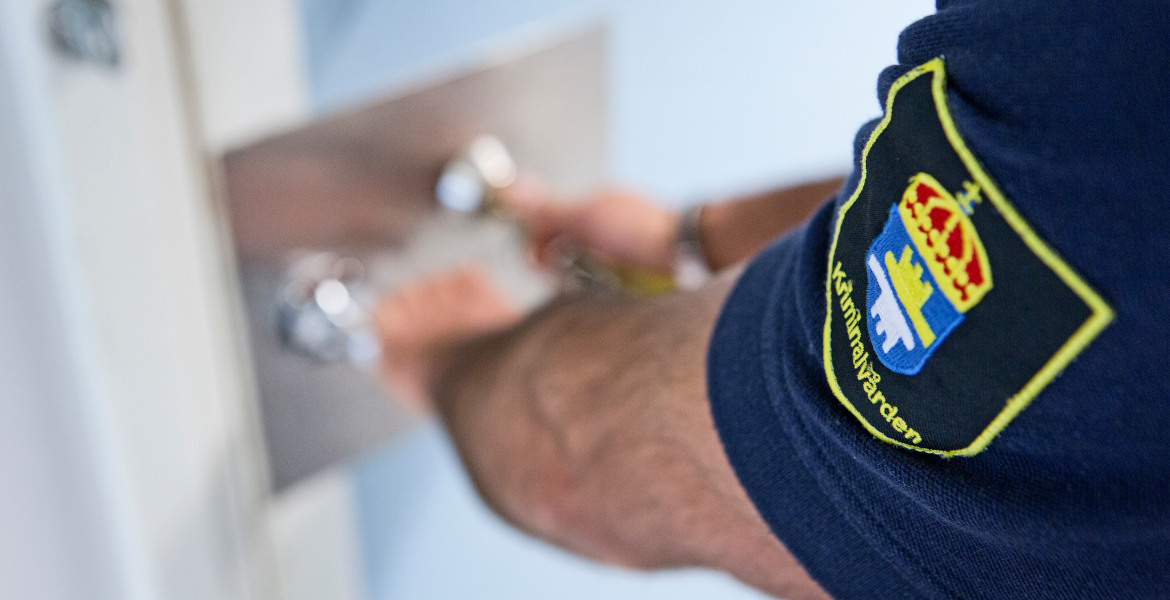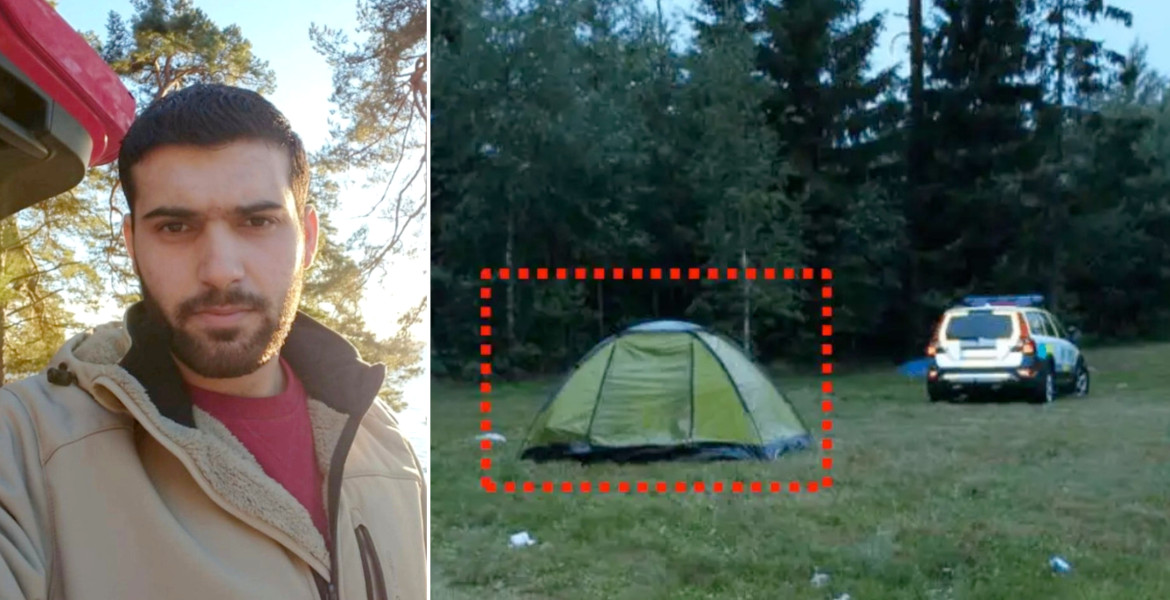Stockholm's plan to restrict gasoline and diesel cars in the city's central areas from 2024 may be more expensive than planned, according to the magazine Teknikens värld (World of Technology). The figures for the plan are based on a report by the Swedish state research institute RISE, which appears to contain faulty calculations.
From December 31, 2024, the plan is to introduce a so-called "class 3 environmental zones" in parts of central Stockholm, which means that gasoline and diesel cars will be completely banned within the zone's boundaries. The plan is then to expand the environmental zone and ban fossil-fuel cars in the entire city center by 2030.
The number of vehicles in Stockholm County is about one million. Transport mayor Lars Strömgren (MP) believes that 95 percent of cars will be rechargeable by 2030 because of the high rate of vehicle replacement in the city. He also sees no problem with the cost of new vehicles.
Strömgren refers to a report by RISE to support his claims. According to the report, there is a rapid replacement of vehicles in Stockholm County. With about 100,000 new car registrations per year in Stockholm, RISE says it will take about ten years to completely replace the region's fleet of one million cars.
"The forecast is relatively sensitive to the number of new registrations and the replacement rate, but the share of pure electric cars in 2030 is likely to be 50-80 percent of the vehicle fleet, and more than 95 percent will be rechargeable", RISE writes.
Faulty assumptions
However, the figures from RISE and the city of Stockholm are incorrect, Teknikens Värld reports. In 2030, hundreds of thousands of residents will still be driving gasoline and diesel cars. One factor contributing to the error is RISE's assumption that cars newly registered in Stockholm County will actually be used there. In fact, many large financial companies headquartered in Stockholm register their large leasing fleets in the county. However, these cars are driven by drivers all over Sweden, not just in the Stockholm region.
Today, about 300,000 cars are registered to companies and finance companies in Stockholm, which is 32 percent of the county's passenger car registrations. These are the figures used by RISE in its report.
In addition, estimates of how quickly the car fleet will change to electric cars become more complex because most cars owned by private individuals are replaced more slowly. According to the vehicle analysis company Vroom, 75% of all cars in Stockholm County are privately owned, and they are used for a long time. Half of the privately owned cars are more than eight years old, which means that it is not possible to replace all cars within ten years.
Few private electric cars
Of the privately owned cars in Stockholm County, only 23,000 will be electric in 2022, or 3.5%. Among company cars, the share is 13%. No major increase in the number of electric cars is predicted for 2024, but a significant increase is expected in 2025.
Teknikens Värld points out that if the share of electric cars among new cars steadily increases from 40 percent in 2023 to 100 percent in 2029, this would mean that 147,000 new electric cars would be added to the private car fleet.
"If we also assume that all 250,000 company cars will be electric by 2030, this means that there will be just over 400,000 electric cars in Stockholm County at the beginning of 2030, about 43 percent of the vehicle stock. This should be compared with the RISE forecast for Stockholm County of 50-80 percent electric cars", the newspaper writes.
According to these calculations, the costs for Stockholm's residents will be higher and, in addition, many will not have access to an electric car in 2030, as the city administration assumes.




